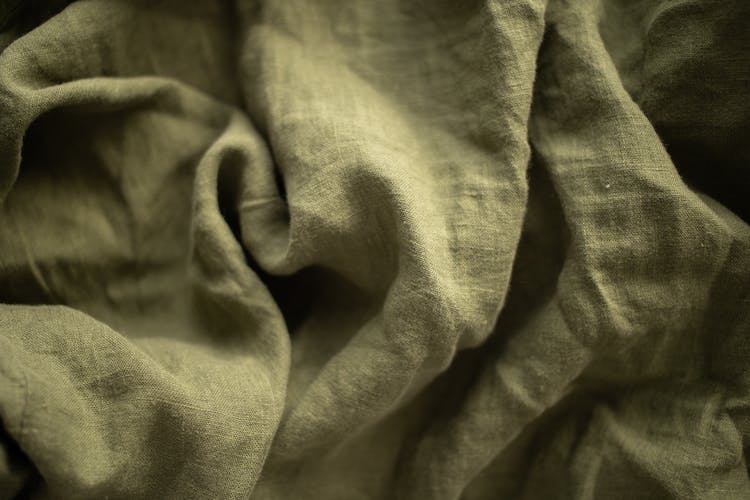Laser cutting machines can be utilized for a wide range of applications, and the type of wood used can drastically affect the results. From classroom projects to art pieces to construction and engineering, laser cutting machines offer an accurate and efficient way to create precise cuts in a variety of materials. While there are many types of wood available and capable of cutting with a laser, each has its own unique benefits, applications, and optimal operating settings. In this article, we’ll look at the different types of wood that can be laser cut, their benefits, and the settings that should be utilized for each.
Types of Wood Used in Laser Cutting Machines
Hardwood
wood Laser cutting machines provide a neat and precise way to cut across various materials such as wood, metals, paper, fabrics, and much more. Out of these, one of the most popular materials to be used in laser cutting machines is hardwood. Hardwood comes in many forms and can vary in hardness.
Generally, hardwood is stronger and denser than softwood, making it ideal for laser cutting machines.
Softwood
When it comes to wood cutting with a laser cutter, softwoods are one of the most popular types used. Softwoods are typically derived from conifer trees, and growers can actually manipulate those trees to create different types of softwood. Softwoods like pine and spruce are popular for laser cutting since they contain lower levels of moisture and are cheaper than many other types of wood.
Their lower levels of moisture also mean they’re easier to work with when using a laser cutter. Laser cutters can also be used to cut many other types of wood. Hardwoods, such as maple and oak, are denser than softwoods and also require a higher level of heat to cut.
Plywood
Plywood is often used as material for laser cutting machines. This type of wood has been used because of its low cost, variety of thicknesses, and durability. It’s also consistent and uniform in thickness, meaning it can be cut and etched into intricate patterns with ease.
Plywood is composed of thin layers of wood bonded together to create a stronger overall material. These thin layers produce little to no heat when being processed, helping reduce potential damage to the piece being worked on. The types of plywood used in laser cutting machines often includes hardwood and softwood.
Particleboard
Laser cutters can be used to cut a variety of materials, including wood, but the type of wood used will depend on the type of laser cutter being applied. Particleboard is one of the most commonly used wood materials for laser cutting machines. Particleboard is an engineered wood material that consists of wood chips, sawdust, and other wood particles held together by a synthetic resin binder or glue.
The particles are compressed under intense pressure and are often sprayed with a decorative coating as well. This type of wood is ideal for laser cutters because it is strong, durable, and relatively inexpensive.

Applications of Laser Cutting Machines in Woodworking
Furniture construction
When it comes to furniture construction, wood laser cutters are an invaluable tool. These laser cutters work in a very different way than traditional woodworking methods, using a laser beam to precisely cut or engrave designs into wood. With a wood laser cutter, you can cut or mark a variety of shapes and sizes, as well as intricate designs with a great degree of accuracy and finesse.
Signs and cutouts
Signs and cutouts made from different types of wood using laser cutting machines are essential components of any woodworking project. Laser cutters provide an accurate, precise and repeatable solution for sign and cutout designs, allowing people to create beautiful, intricate pieces with a variety of materials and woods.
Interior decoration
When it comes to interior decoration, laser cutters and wood laser cutters are a great tool to add a unique touch to a room. Laser cutters can be used to produce detailed shapes through etching and carving on a variety of surfaces and substrates, including woods. With the ability to cut and etch detailed shapes, laser cutters can be used to create attractive pieces of furniture, accents, and decorations to add beauty and style to any home or office.
Advantages of Using Laser Cutting Machines for Woodworking
Accurate cutting and finishing
One of the main advantages of using laser cutting machines for woodworking is their accuracy for cutting and finishing. Laser cutters use precision optics to concentrate a powerful laser beam in order to cut through materials. The exceptional control of the laser beam allows for exact, complicated shapes to be cut more precisely than regular saw blades.
This makes it possible to create intricate designs and even fine details with very little to no material wastage.
Ability to produce customized pieces quickly
for wood One of the major advantages to using laser cutting machines for woodworking is the ability to produce customized pieces quickly. With a traditional router, a woodworker typically will need to design components to be cut, then begin setting up their work area and tooling for the task. Traditionally, this could take up a significant amount of time and materials and could also be difficult to manage in a safe and efficient manner.
On the other hand, with laser cutting machines, woodworkers can quickly create components with speed and precision. Laser cutting machines can cut different types of wood quickly and accurately while also providing greater accuracy than a traditional router.
Low operating costs
advantages One of the main advantages of using laser cutting machines for woodworking is the relatively low operating costs. With most laser machines, the power requirement is much lower than more traditional woodworking machines, such as routers and saws. This means that you’re able to cut wood more quickly and cheaply with a laser cutting machine.
Additionally, laser cutting machines can be used to cut various types of wood, from softwoods to hardwoods. When combined with the right type of laser cutter technology, you can achieve a very versatile and accurate cut at a very low cost. Furthermore, most laser machines require minimal setup and minimal maintenance, helping to further reduce the overall cost of woodworking operations.
What kind of wood is best for laser engraving?
When it comes to choosing the best type of wood for laser cutting and engraving, there are several factors to consider. Different types of wood give you different results with your laser cutter and some types require additional preparation before cutting. The most popular types of wood used in laser cutting and engraving are birch wood, cherry wood, and walnut wood.
Birch wood is popular due to its light color and uniform texture. It is also relatively easy to work with, since it is a softer wood.

Conclusion
Summary of different types of wood used in laser cutting machines
wood Summary When it comes to laser cutting machines, utilizing different types of wood can be beneficial for a variety of applications. For example, hardwoods like maple and baltic birch are the ideal choice for complex projects requiring precision and accuracy, as well as stability during the laser cutting process. Softer woods like poplar can be used for thin or basic laser cutting projects, and plywood is a great material for creating structures with specific dimensions.
Benefits of utilizing laser cutting machines for woodworking
Using laser cutting machines for woodworking can have some major advantages compared to traditional woodworking methods. By using a laser cutter, you can save time, energy, and money, while ensuring a more precise result. Lasers are highly accurate and can easily cut wood of different thicknesses and sizes.
They can cut intricate shapes and unique designs with relative ease, which can help you create the perfect pieces for your woodworking projects.
Resources for further exploration
types When it comes to finding resources to further explore the topic of utilizing different types of wood in laser cutting machines, there is no shortage of options. Research papers, industry magazines, and online forums are all great places to find more information. Research papers can provide insight into the effectiveness of specific wood types in laser cutters.
For example, one paper could detail the results of using a variety of hardwood species in laser cutters for cutting thin material layers. The paper could also provide insight into the different optimal cutting speeds for each type of wood. Industry magazines can give a more general overview of the industry.

